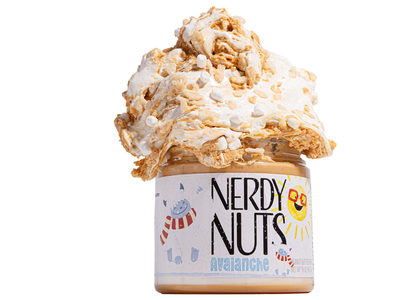CHICAGO – There are two sides to the Kraft Heinz Co.’s innovation strategy — what is visible and what is invisible to the consumer, said Carlos Abrams-Rivera, the company’s chief executive officer.
“One of the critical parts for me is every CPG company has to be fueled by innovation,” he said June 13 during a presentation at the Consumer Goods Forum, which took place June 12-14 in Chicago. “Because, frankly, the consumer is changing all the time. We are focused on two things — first, the innovation that consumers see and the innovation that consumers do not see.”
Visible innovation involves the renovation of brands to improve product quality or add an attribute. Kraft’s Ore-Ida brand, for example, has reduced sodium across the portfolio and improved the crispiness of products.
“We're doing that with a brand like Jell-O, too,” Abrams-Rivera said. “We've now renovated the product by reducing the sugar, we have partnerships with Girl Scout cookies and other companies, and we are now bringing Hispanic flavors to Jell-O to generate the growth of the brand.
“So, there is a part of our innovation that is about renovation of the core that people will see. There is another part people won’t see. We want to bring innovation that is truly disruptive in the marketplace. So, we want to do less things and do it more disruptively.”
Regarding invisible innovation, Abrams-Rivera pointed to Kraft Heinz’s 360Crisp platform. Using 360Crisp, consumers can get the same experience making a grilled cheese sandwich, for example, in the microwave as they can get using a stovetop, according to the company.
“You have the melted cheese; you have the crunchiness,” Abrams-Rivera said. “Now we are using that same technology to apply to a number of our products for us to use the intellectual property that we have across the entire scale of our products.”
The first product introduced using 360Crisp was Lunchables Grilled Cheesies in September 2023. Future innovation using the platform will include a crunchy quesadilla under Kraft Heinz’s partnership with Taco Bell, a Yum! Brands, Inc., business.
Another example of invisible innovation comes from Kraft Heinz’s joint venture with TheNotCompany, Inc. (NotCo). Using NotCo’s artificial intelligence platform to aid in formulating plant-based products, Kraft Heinz has introduced a variety of products across a number of brands, including Kraft Mac & Cheese, Oscar Mayer and Kraft Singles.
“And we’re not done,” Abrams-Rivera said. “For us, it’s a question of how do we leverage the idea of AI-led innovations and plant based in order for us to have products people love and make sure they are still accessible to everybody with innovation that is unique?”
Abrams-Rivera said his focus on using technology to create disruptive innovation came after he joined the company four years ago. He said as he thought about reengineering Kraft Heinz, he purposely did not talk to people in the consumer packaged goods (CPG) industry. Rather, he spoke with people in other industries like banking, pharmaceuticals and airlines.
“What I learned is that CPG companies were behind the other industries in using technologies,” he said.
Abrams-Rivera called his time as CEO “incredible,” but added the company is not done and he’s not ready to declare victory.
“We’ve got more to do,” he said.



